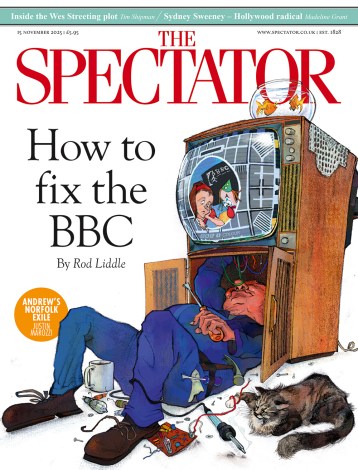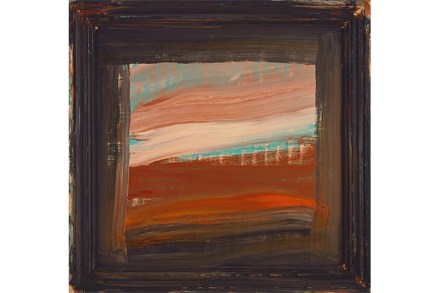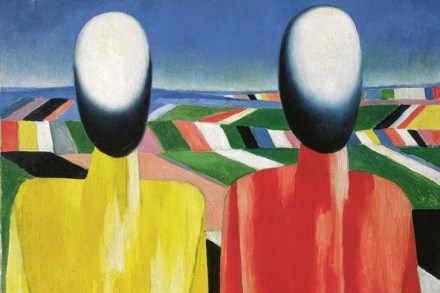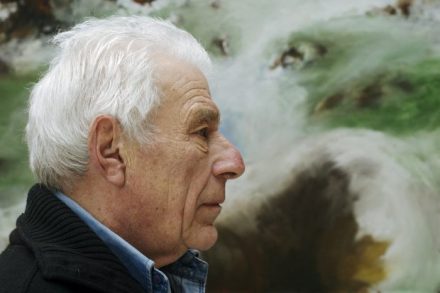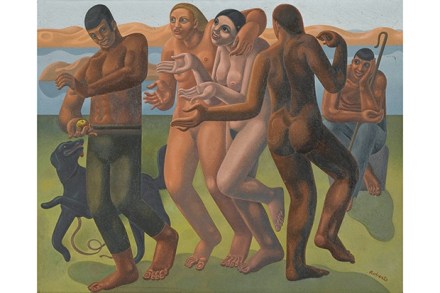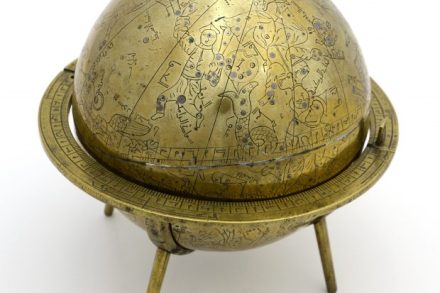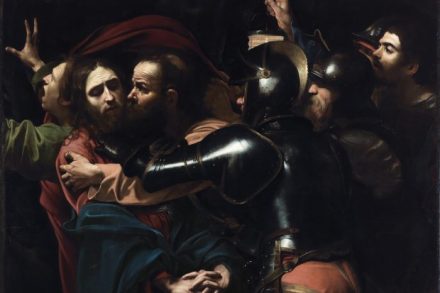Both sides are missing the point in the row over Dana Schutz’s painting
‘Let the people see what I have seen’, said the mother of Emmett Till. In 1955 her son, a 14-year-old black boy from Illinois, was falsely accused of flirting with a white woman, tortured, murdered and dumped in a river by the woman’s husband and his half-brother, both of whom were summarily acquitted by a white jury. The photographs taken of Till’s corpse – battered and bloated beyond recognition – succeeded in shaming and inflaming a nation: he became an icon of the civil rights movement. The recent police shootings caught on camera, and the response from Black Lives Matter, gave Dana Schutz – a New York-based painter of considerable talent – the

